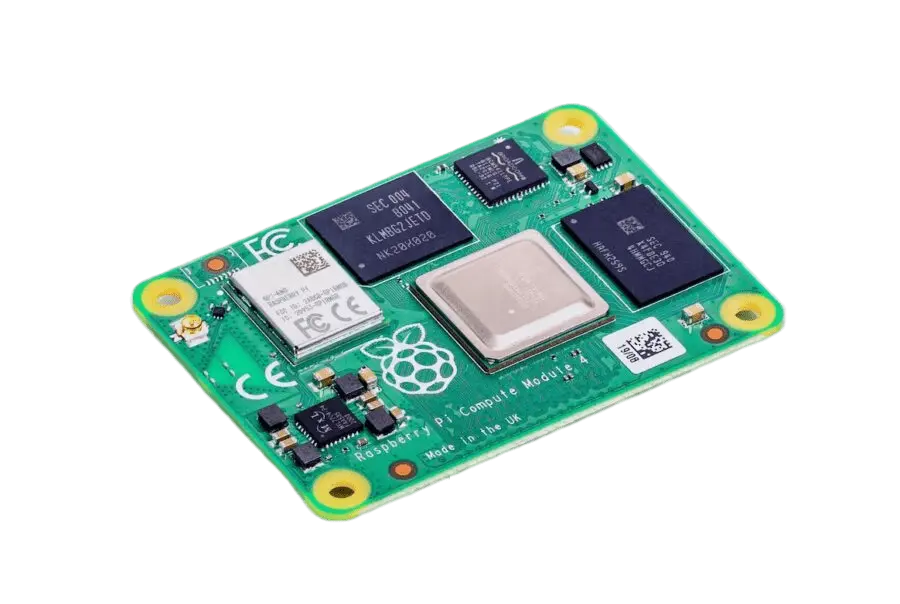Powerful hardware
- Quad-core 1.5GHz ARM Cortex-A72 Processor (based on RPi CM4)
- Ubuntu Core operating system with a secure IoT app store
- Wide operating temperature range, silent and low-power with passive cooling
A powerful, rugged and secure embedded computer with an IoT app store and many wired and wireless communications interfaces: ZigBee, Wi-Fi, Bluetooth, 4G Cellular, LoRa, GPS, CANbus, RS-485

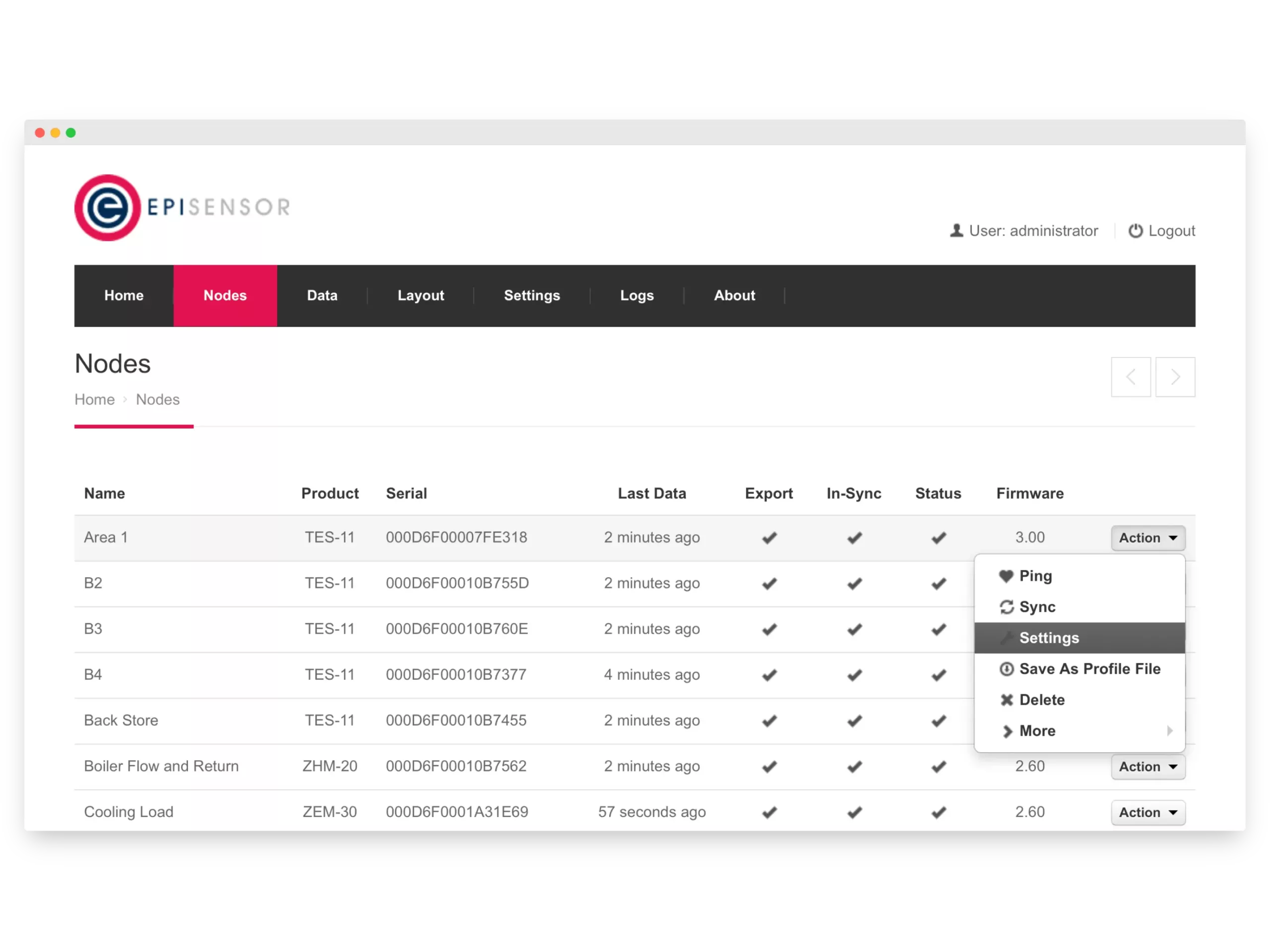
Monitor and manage large networks of EpiSensor wireless nodes from the Gateway’s web interface.
Take actions like restarting or factory resetting a wireless node, upgrade firmware, sync, and enable and configure each ‘sensor’ (which is an individual feed of data) to report data the way you want it to.
The data view on the Gateway is intended to assist installation teams with confirming that data is being produced correctly.
Expecting the Total Active Power on a 3-phase supply to be 100kW for the last 30 mins? Access all of the sensor data in the Gateway from your laptop or mobile device to confirm a system has been installed and configured correctly, before leaving site.
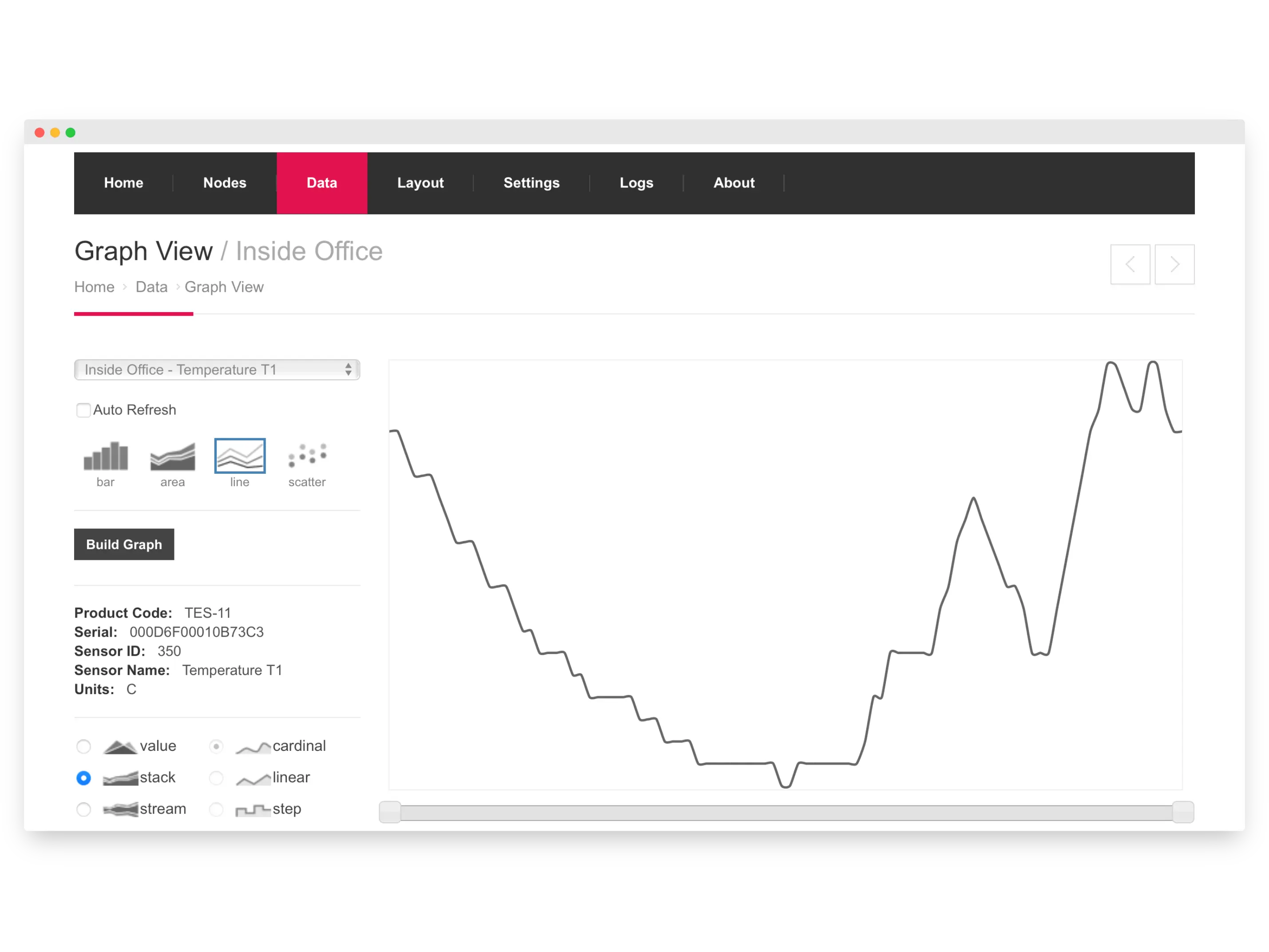
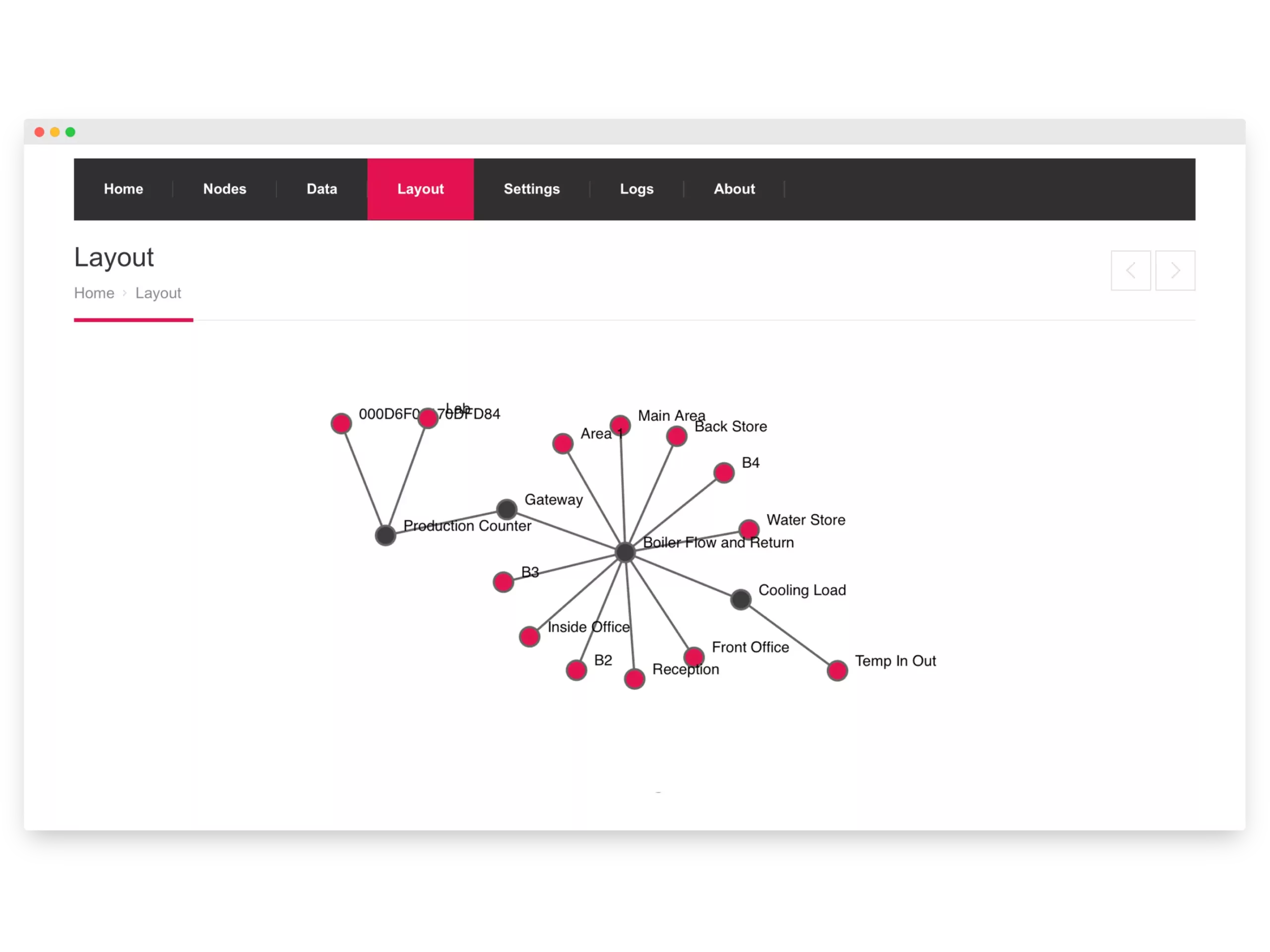
Visualise how nodes in the wireless mesh network connect back to the Gateway in real time.
Identify areas of poor wireless coverage, monitor signal strengths, adjust power levels, and confirm that you’ve build a reliable wireless network before leaving a customer site.
EpiSensor’s Gateway routes data from networks of wireless sensors to the software platforms of our customers and partners – no sensor data passes through EpiSensor servers in the process.
The Gateway can be deployed within a corporate network, or isolated automation network, behind NAT and firewalls. The data the system produces is yours, and yours only.
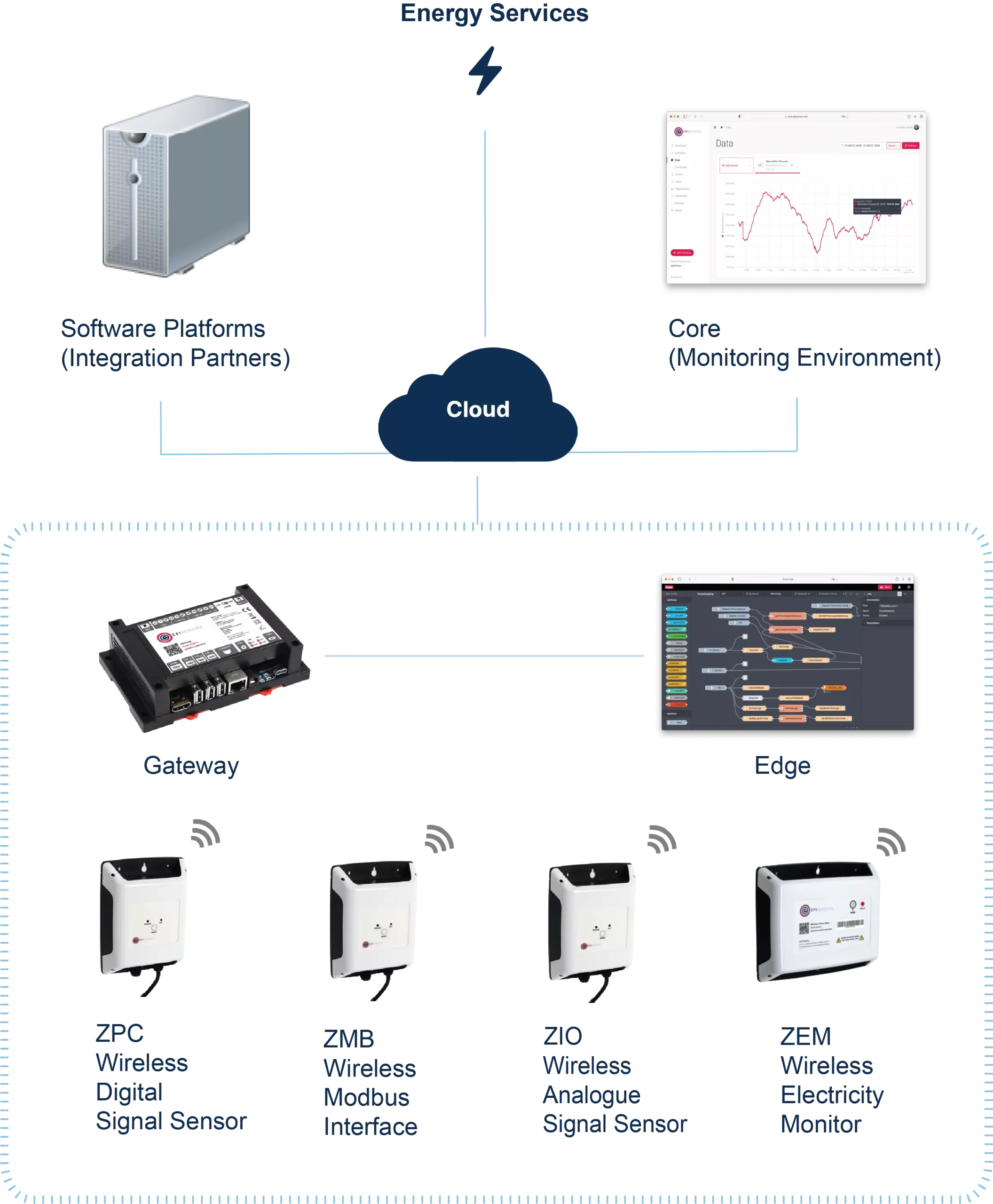
Are you currently working on a project?
Do you need more information, advice or a custom solution? Or are you looking to integrate with legacy systems?
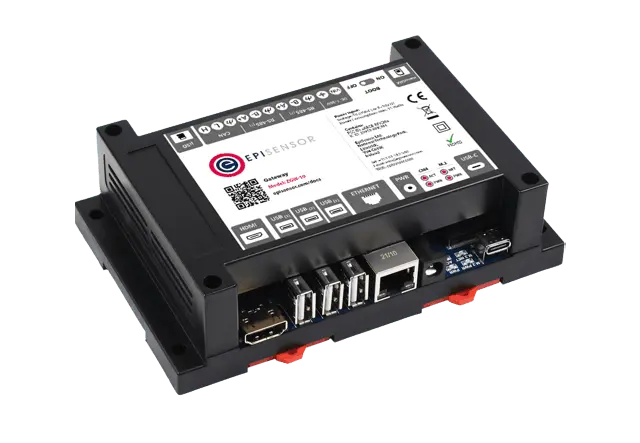
Export any feed of data in the Gateway to 3rd party servers and applications, or other apps running locally on the Gateway.
Choose from a variety of ‘web style’ communications protocols and data formats, like CSV via FTP or JSON via HTTP(S) – as well as messaging protocols like MQTT(S).
EpiSensor’s Gateway is compatible with a variety of cloud based IoT services like AWS IoT Core and Azure IoT hub.
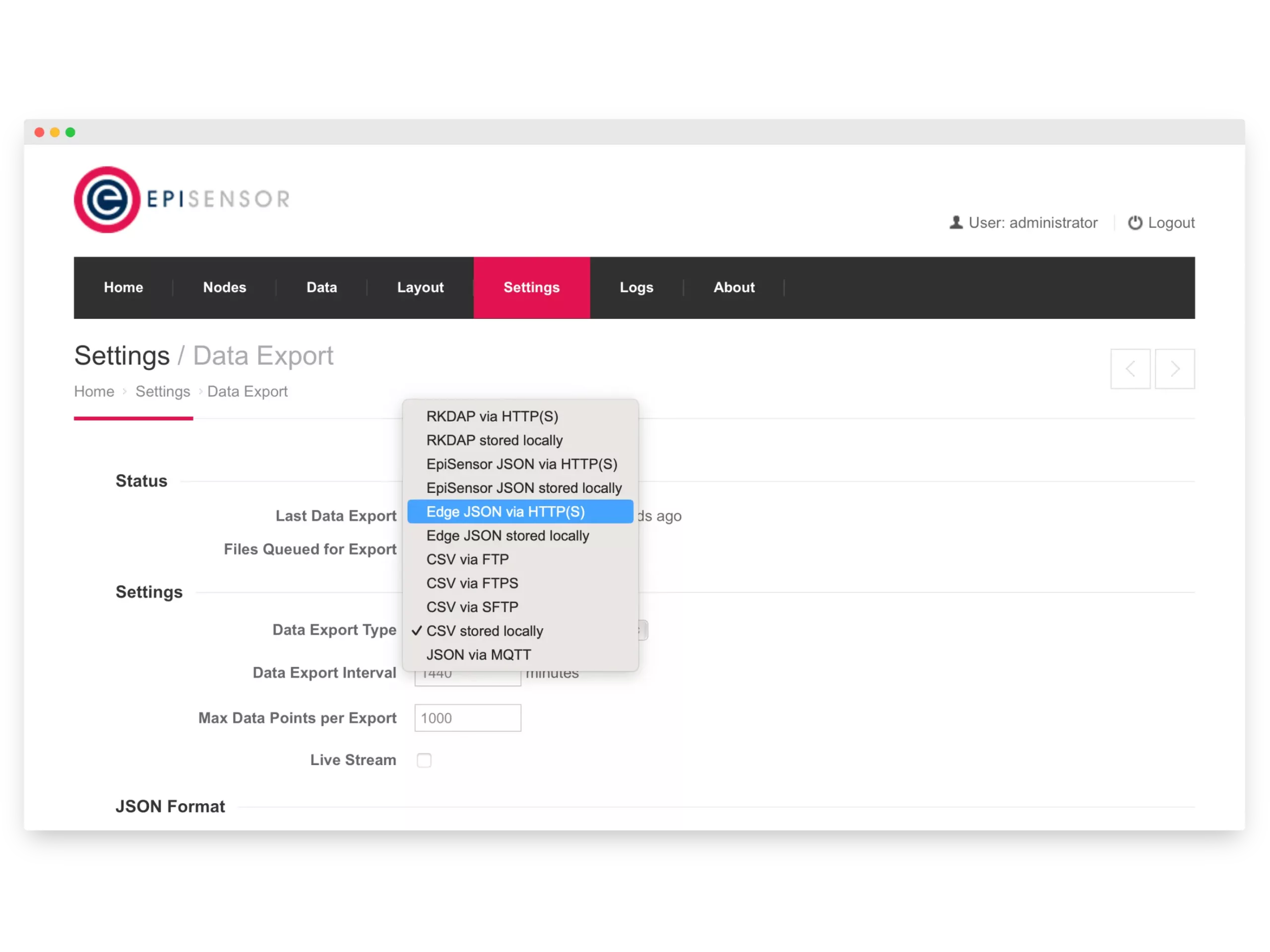
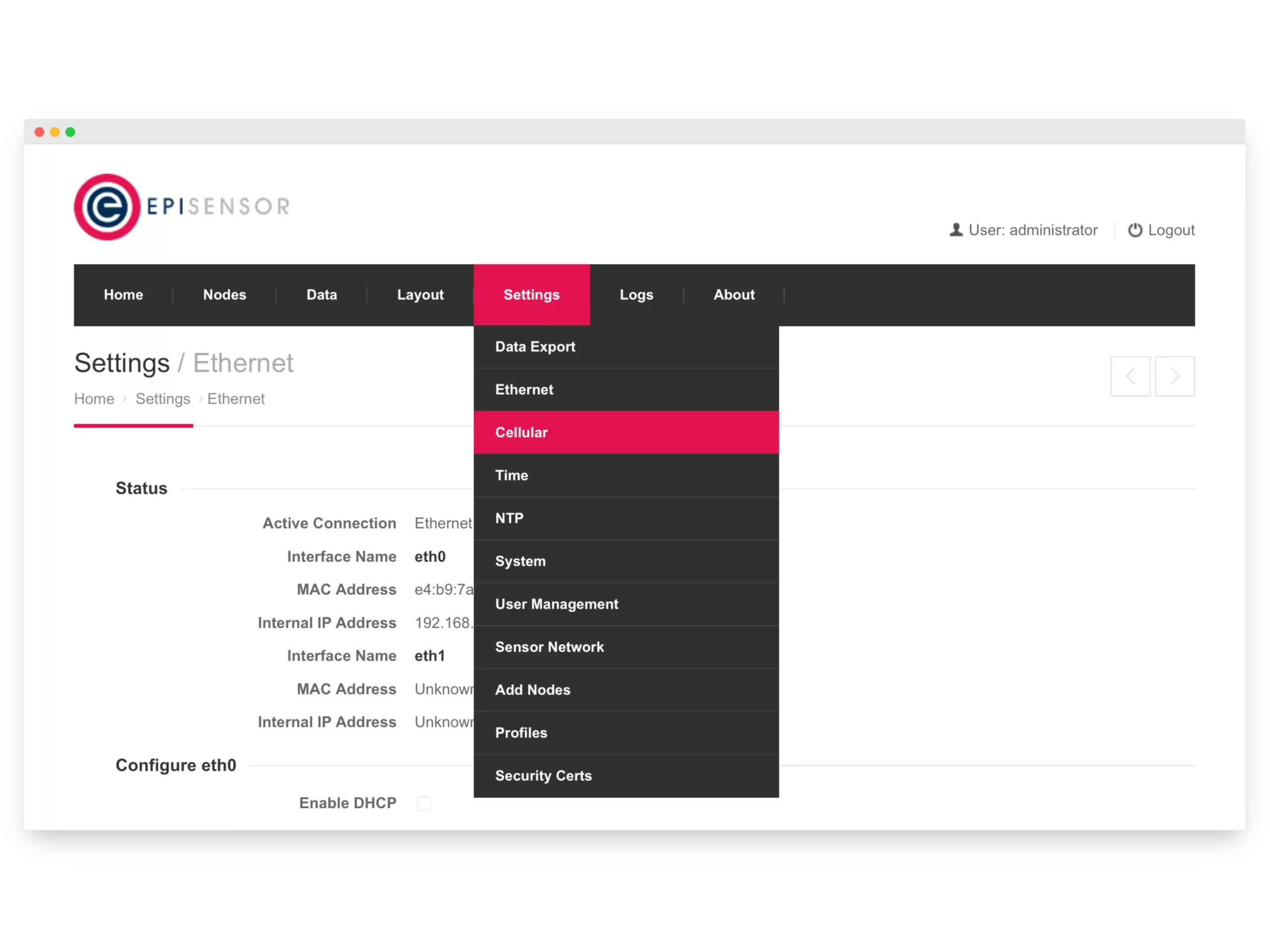
Manage the Gateway’s Ethernet, Wi-Fi and Cellular interfaces from the web interface and API. Set IP addresses, configure DNS and DHCP, cellular APN and authentication. Configure SSL for encrypted communications to the Gateway’s web interface.
The built-in connection watchdog can poll an external server to verify connectivity and take action to redial, reconnect or reboot if a connection fails. You can also configure industry-standard networking features like NTP time sync and syslog server logging.
Built on the Raspberry Pi Compute Module 4, an industrial-grade ARM computer module from Raspberry Pi.
With CM4 inside, you get best-in-class performance, low power consumption, a future-proof hardware platform, and compatibility with the world’s best open-source software.
